The first library in Cheyenne was located in Central School in a relatively small room. As the town grew and its needs multiplied, a committee to build a new library was established in 1900, and two years later, Cheyenne had a Carnegie Library.
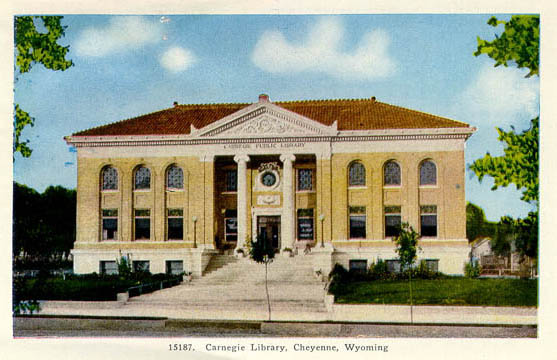

The first library in Cheyenne was located in Central School in a relatively small room. As the town grew and its needs multiplied, a committee to build a new library was established in 1900, and two years later, Cheyenne had a Carnegie Library.
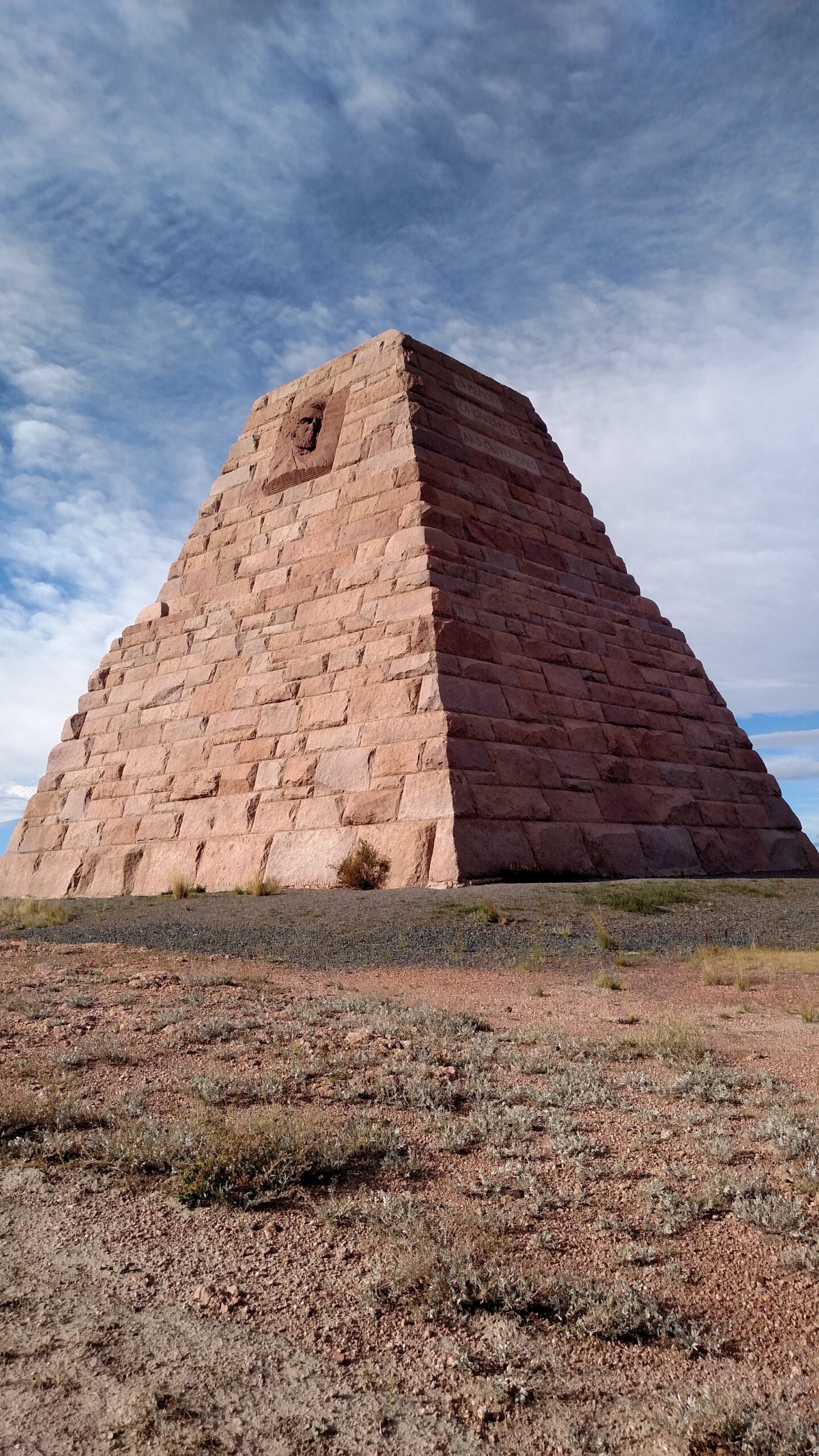
The $64,000 monument project was designed by Henry Hobson Richardson and was completed in 1882. It features two bas-relief sculptures of the Ames brothers, Oakes on the east side and Oliver on the west
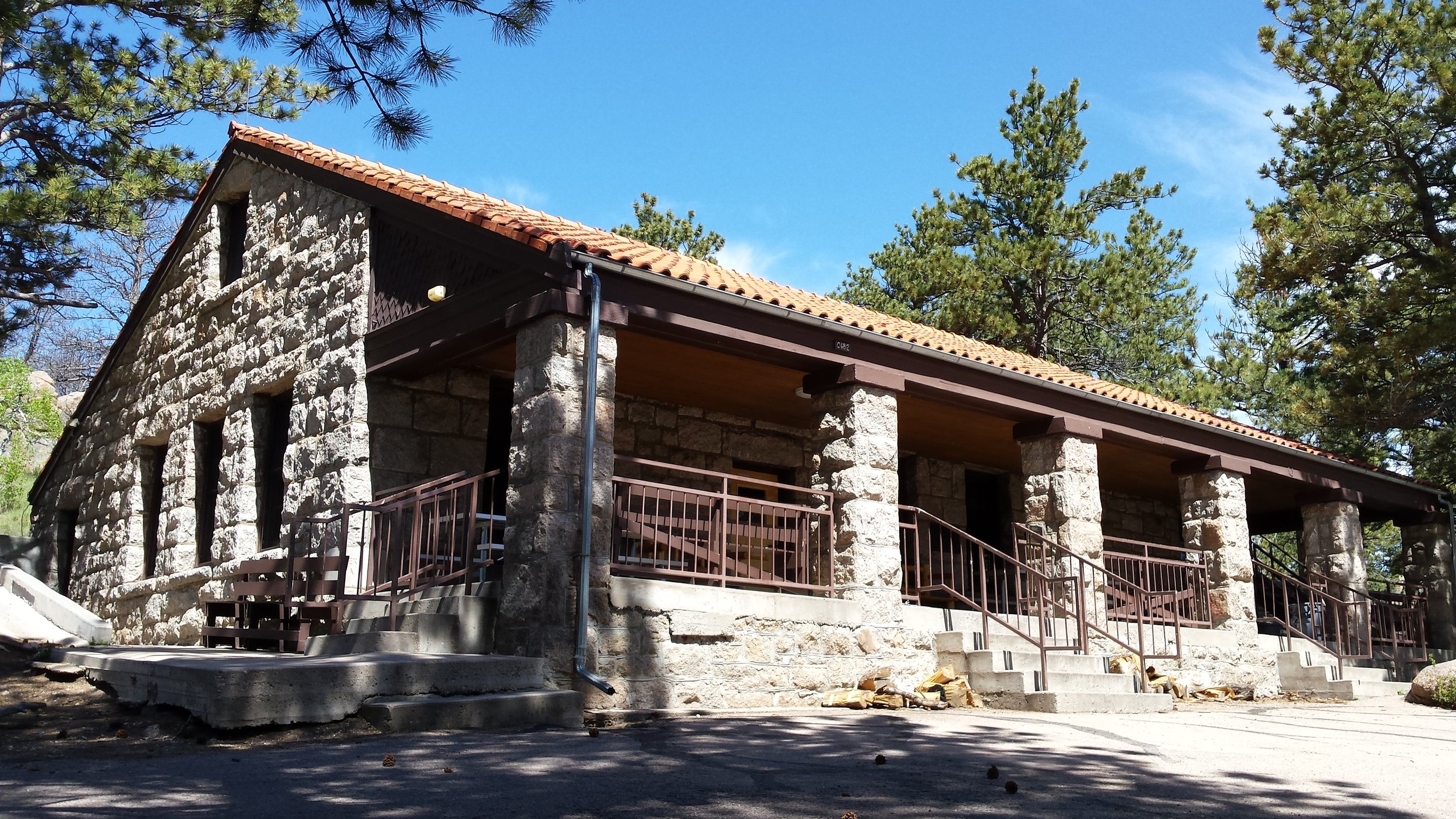
Hynds Lodge, built by Cheyenne businessman Harry P. Hynds in 1922 for $25,000, was constructed as a lodge at the recreation camp for the Boy Scouts of America. Hynds came to Cheyenne in 1882 and worked as a blacksmith for the Cheyenne-Deadwood Stage Line before acquiring several gambling saloons and making a fortune.
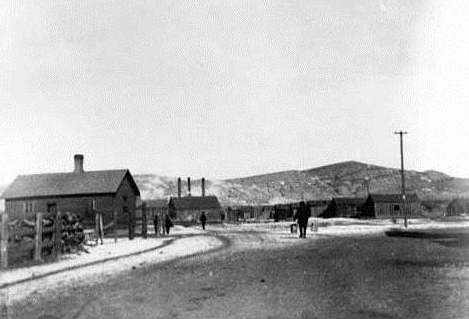
Chinese workers who lived in Chinatown in Rock Springs were attacked in 1885 and the neighborhood was destroyed. Unlike the buildings, the history and stories of their community was not lost.
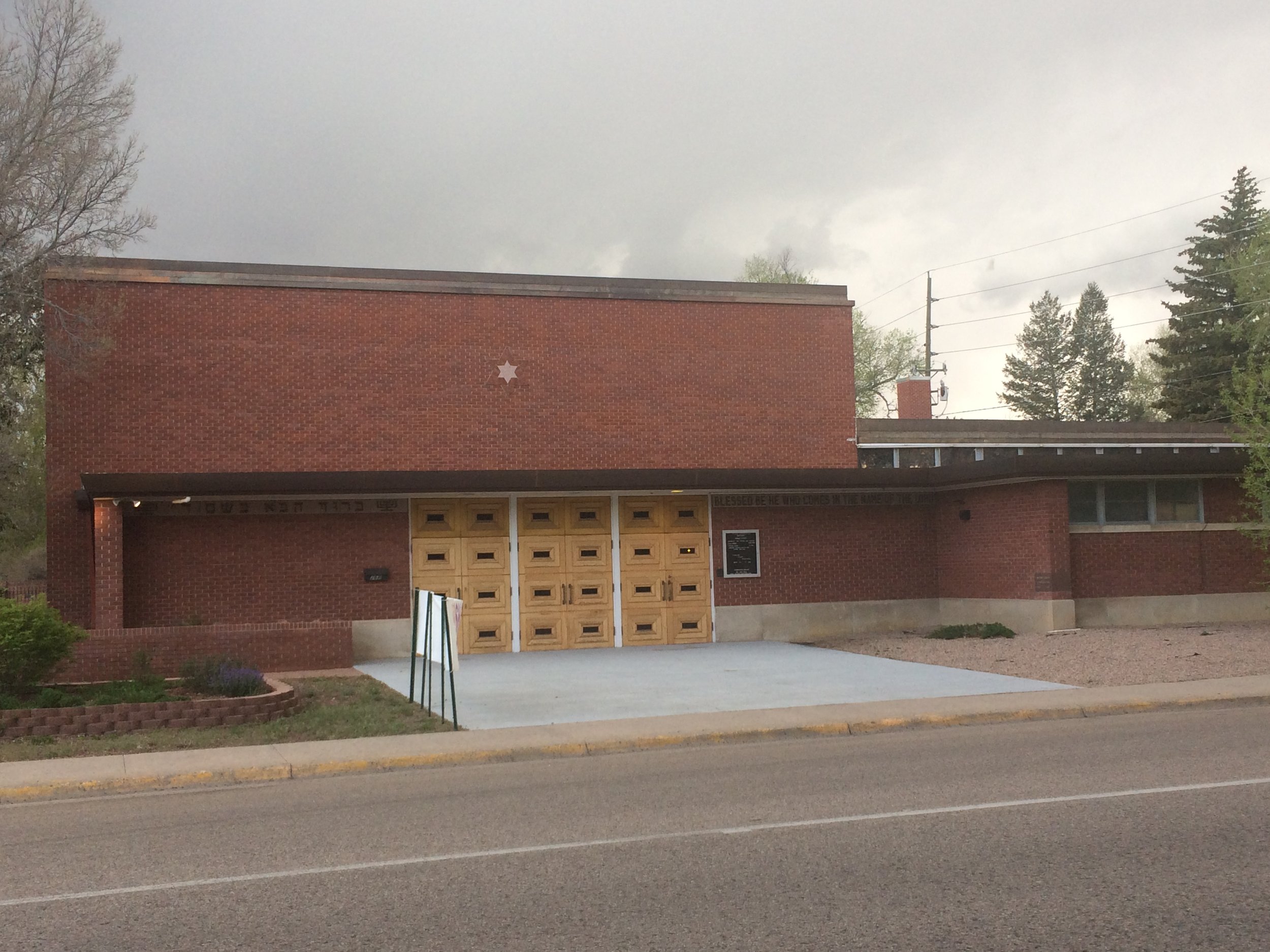
Mt. Sinai synagogue has provided a space for the Jewish community since 1915, when the original cornerstone was laid on Pioneer avenue and 20th Street.

The First Scandinavian Evangelical Lutheran Church on August 13th, 1884, conducting services in Scandinavian languages. Newly arriving immigrants who were experiencing the same cultural changes were able to support each other in the shared space of the church.
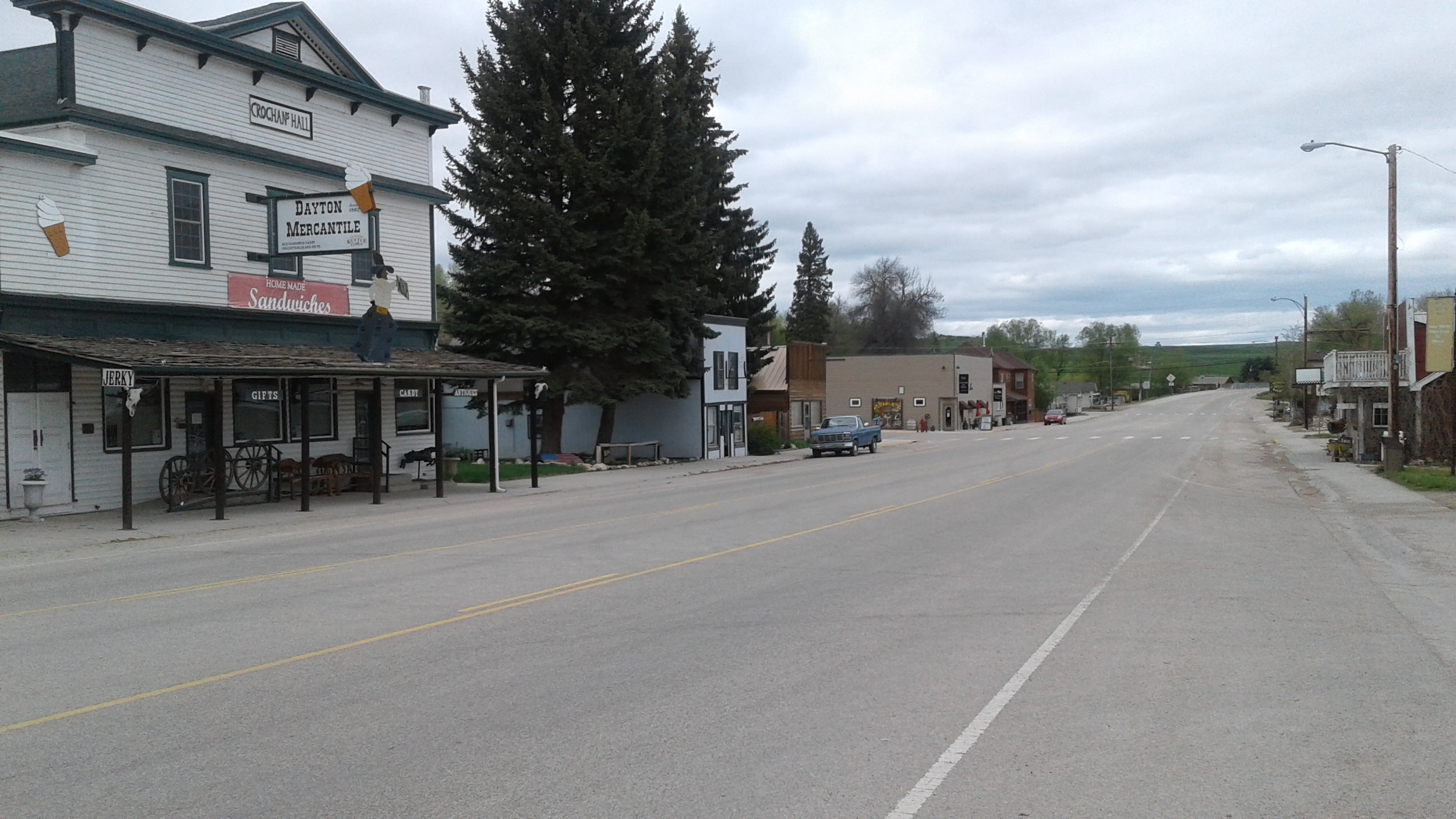
Susan Wissler was born in Broadhead, Minnesota in 1853 and would become the first female mayor in Wyoming.

On July 4, 1867, the Union Pacific railroad established its headquarters in the area that would later become Cheyenne. The U.S. Cavalry followed them weeks later to establish Fort D.A. Russell. There wouldn’t be a high concentration of Buffalo Soldiers on the base until 1902 after the Philippine Insurrection.

The school was originally built in 1922 as North Casper School. Thanks to the Casper Housing Authority and the VA, the old Roosevelt High School will continue to be a neighborhood center for another hundred years.

The Casper Artists’ Guild’s renovation of the former Pacific Produce building for their new location is a great example of how abandoned historic buildings can transition from a public burden to local gem and destination place with strong community support.
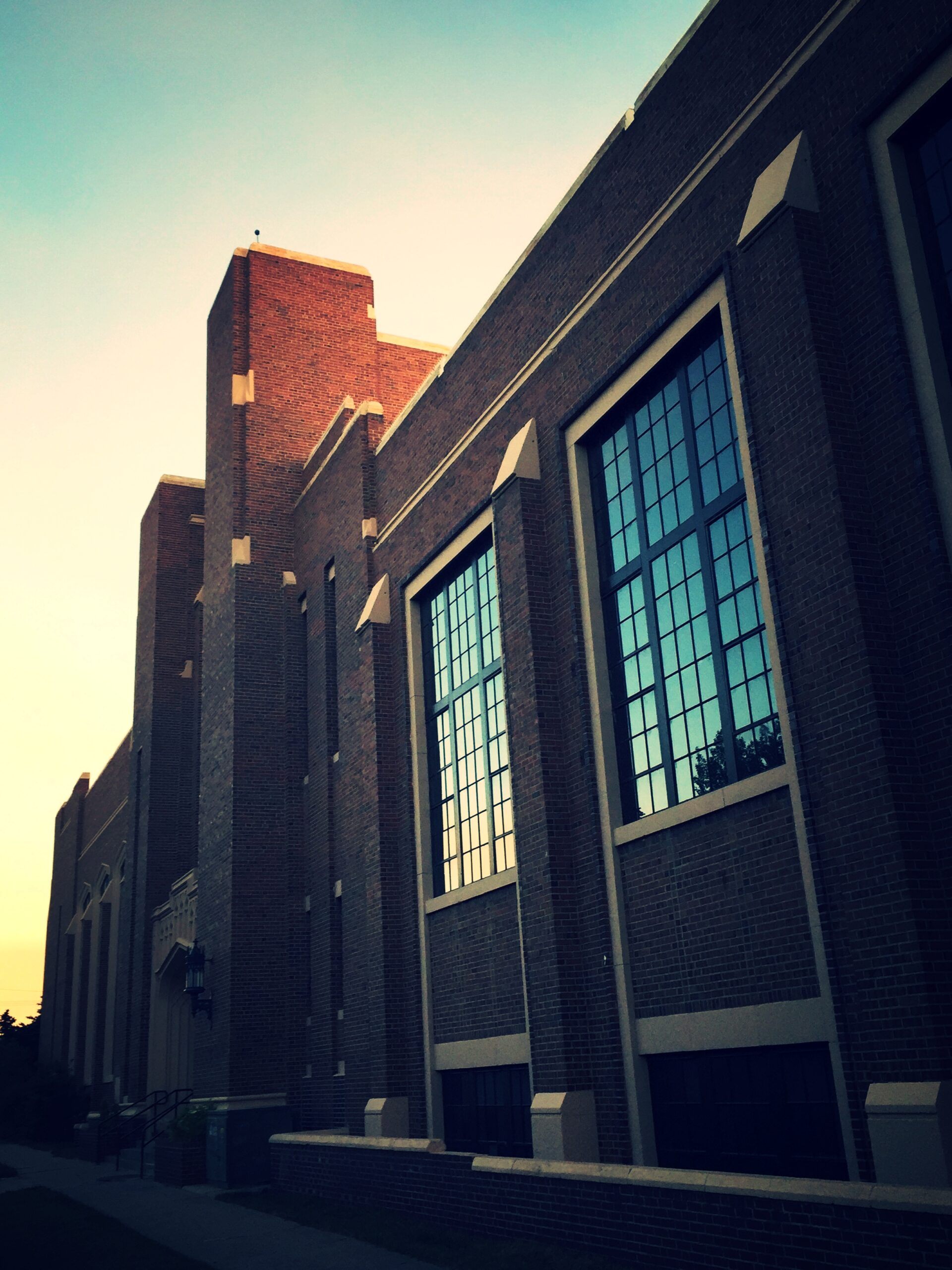
The Laramie Plains Civic Center is a terrific example of how former school buildings can be adaptively reused for the greater good of a community. Laramie will have to face this issue once more as the high school built in 1960 is now empty after the city built a brand new high school that opened in 2016.
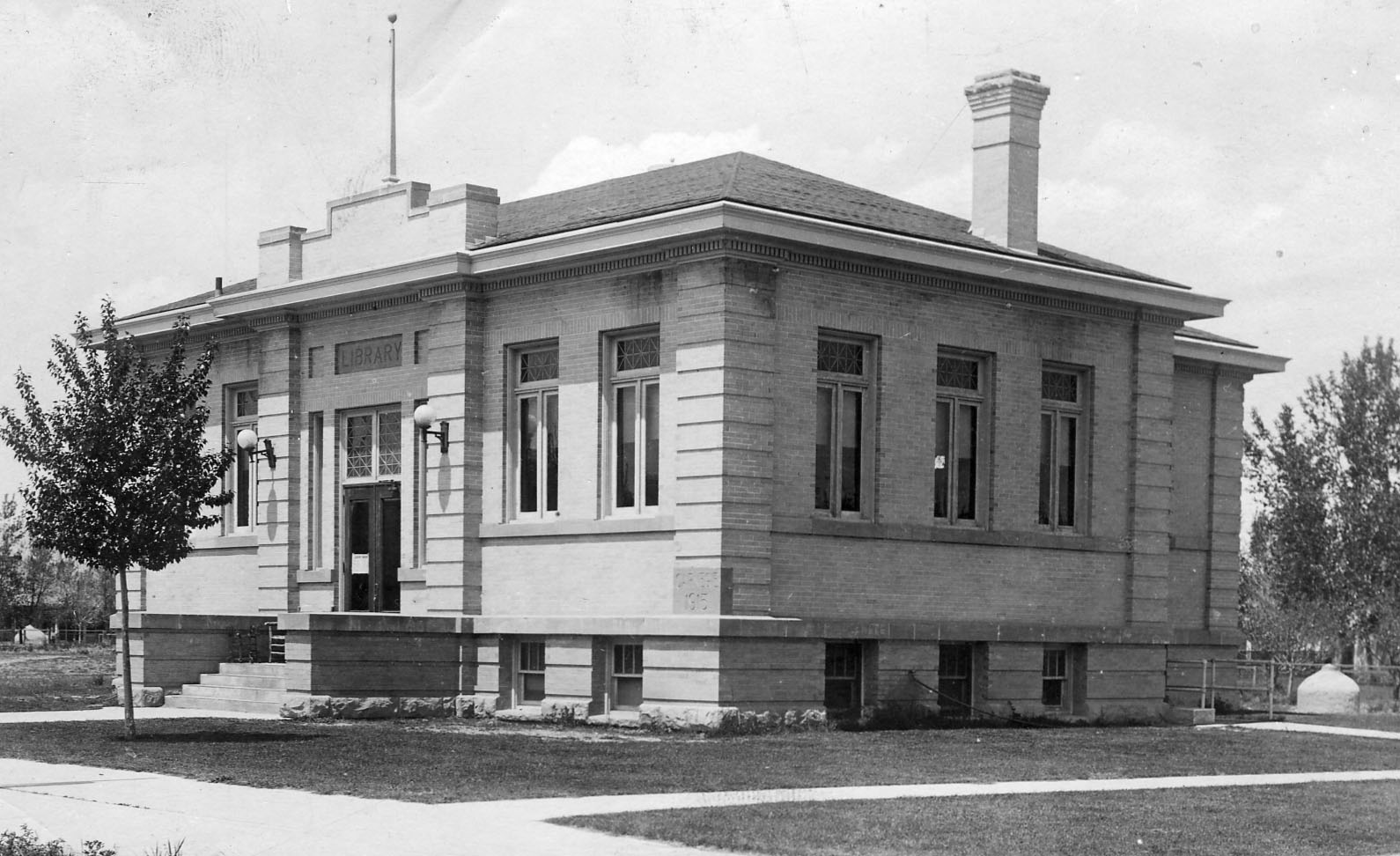
In 1911, Park County split from Big Horn County, and in 1914 the Park County commissioners appointed a board for a public library system. The city council immediately applied again for a Carnegie Public Library Building grant.

Officially closed on February 1, 1946, the Douglas, Wyoming prisoner of war camp that housed Italian and German P.O.W.’s during WWII represents an interesting chapter in the history of our state.

Within the city of Rock Springs stands the grandiose Saints Cyril and Methodius Catholic Church that was officially listed on the National Register of Historic Places on December 22nd, 2015. With its Romanesque architecture and a 125-feet bell tower, the Church looms over the southwestern Wyoming town.
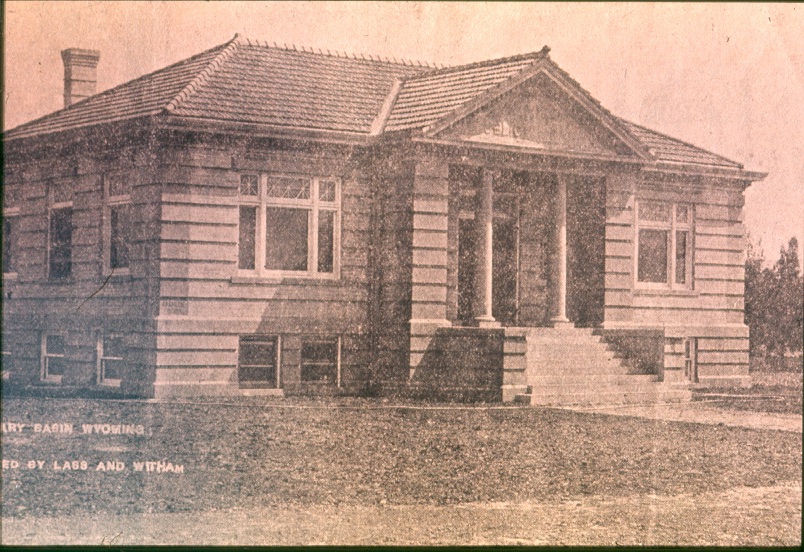
The Big Horn County Library was created in 1907 by the Book Lovers’ Club, an organization created by a group of women in Basin in 1906.

Jeffrey City did not begin as a mining town. The town originally sprang up in the early 1930s when Beulah Peterson Walker and her husband moved to the area from Nebraska and homesteaded in the area.

The Rock Springs Coal sign was originally constructed in 1929 by the Wyoming Coal Operators. The welcome sign arched over the Lincoln Highway to greet travelers as they came through town.
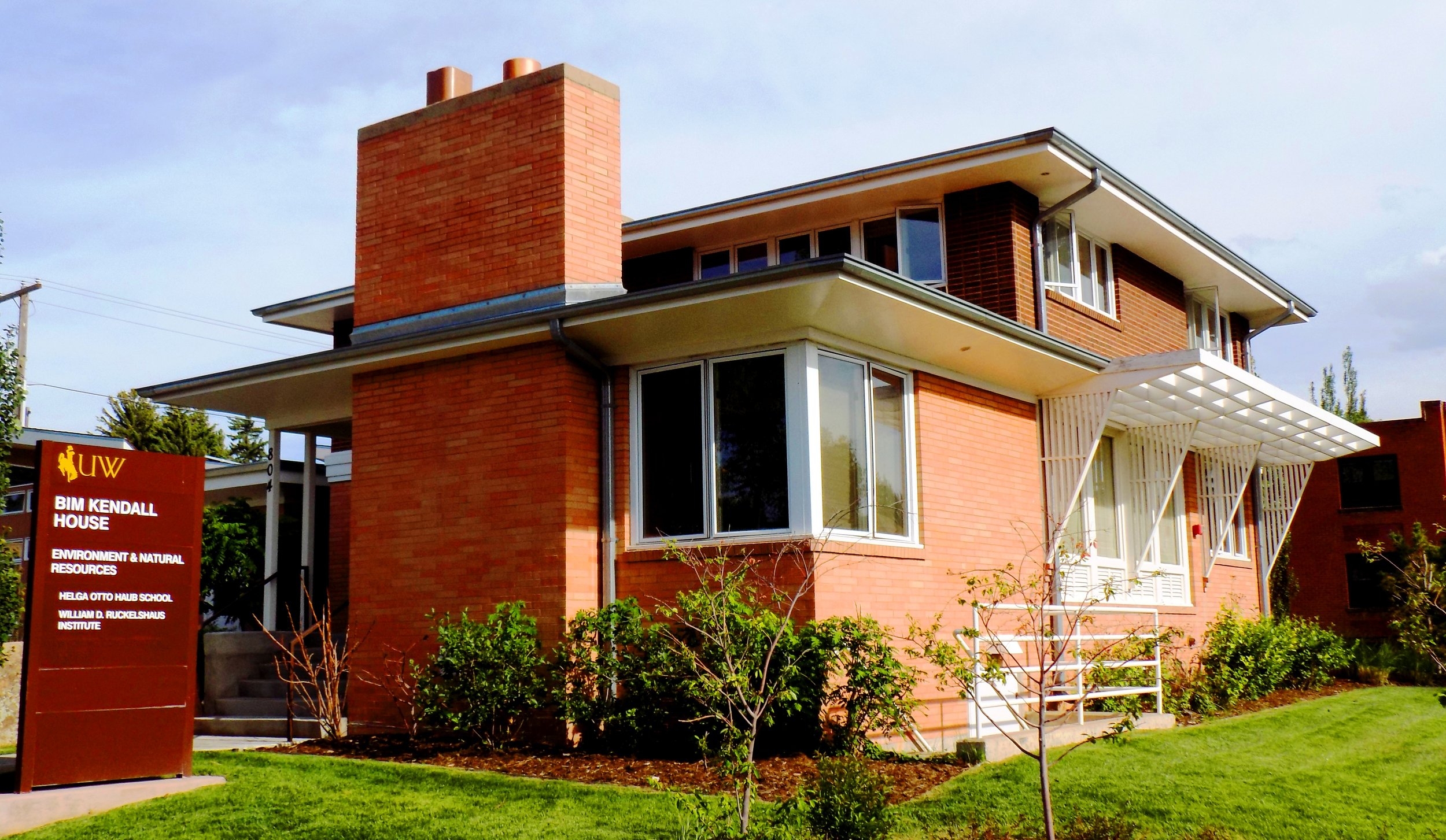
The Bim Kendall House in Laramie is home to the University of Wyoming’s Haub School of Environment and Natural Resources. The house was built in 1954 by prominent Laramie architects Eliot and Clinton Hitchcock.
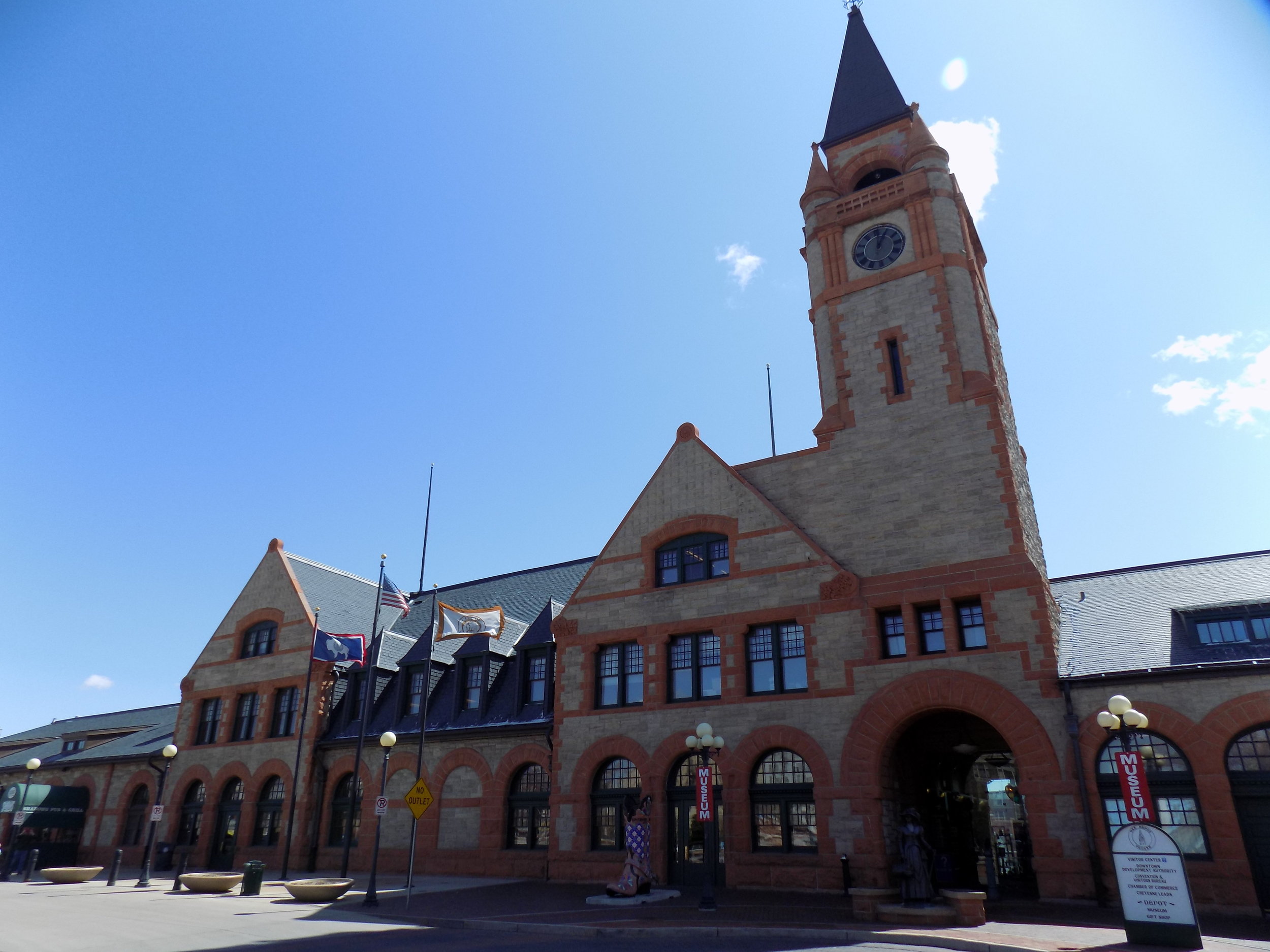
In order to make the Cheyenne depot stand out, the Union Pacific turned to prominent architect Henry Van Brunt who was nationally-known for his institutional buildings designed in the Richardsonian Romanesque style that was popular during the late 19th Century.

The bandshell in Laramie is one of thousands of public works projects that were completed as a result of the Works Progress Administration. Communities across America are dotted with buildings and parks that came from Roosevelt’s New Deal.
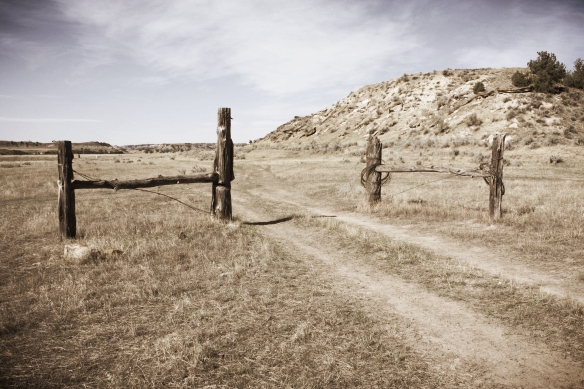
Located in northeast Wyoming along the Powder River, the LX Bar joins a long list of historic ranches that tell the story of the early cattle industry in the state of Wyoming.